Seeking info on VLT
loriafopiano
9 years ago
Related Stories
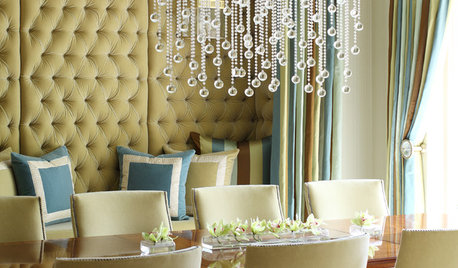
UPHOLSTERYSeeking a Quiet, Relaxed Spot? Try Upholstering Your Walls
Upholstery can envelop an entire room, a framed panel or a single wall. See some design options and learn what to expect
Full Story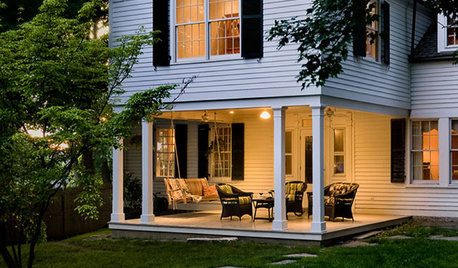
SELLING YOUR HOUSEThe Latest Info on Renovating Your Home to Sell
Pro advice about where to put your remodeling dollars for success in selling your home
Full Story
KITCHEN DESIGNSmart Investments in Kitchen Cabinetry — a Realtor's Advice
Get expert info on what cabinet features are worth the money, for both you and potential buyers of your home
Full Story
WORKING WITH PROS12 Questions Your Interior Designer Should Ask You
The best decorators aren’t dictators — and they’re not mind readers either. To understand your tastes, they need this essential info
Full Story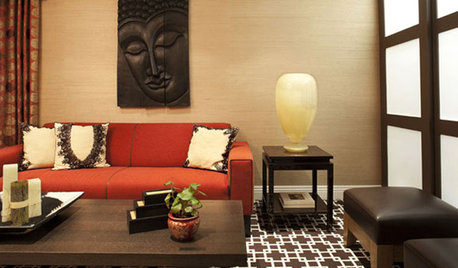
COLORTake a Slice From Psychology to Use Orange Better
Get the scoop on this attention-seeking hue and learn how it can bring a refreshing zing to your interiors — and your spirit
Full Story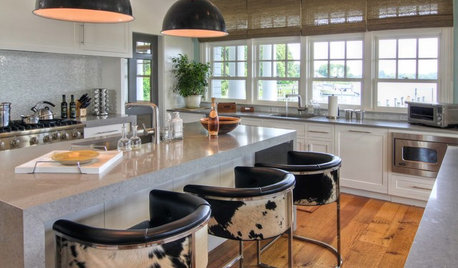
KITCHEN DESIGNHot Seats! 12 Great Bar Stools for All Kitchen Styles
Seek some hide, go backless, pick a swivel or a footrest — these stools let you belly up to the bar or island however you like
Full Story
CITY GUIDESTravel Guide: The Hague for Design Lovers
You'll find plenty to marvel at in the Netherlands' political capital, from centuries-old facades to modern shops and outdoor art
Full Story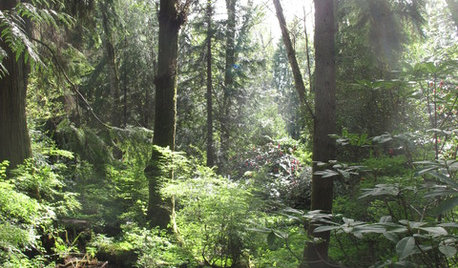
GARDENING AND LANDSCAPINGGarden Lessons from a Grand Northwest Reserve
Borrow classic landscape ideas from this Washington state treasure, a series of gardens as thoughtfully planned as they are spacious
Full Story
GARDENING GUIDESInvite Mining Bees to Your Garden by Planting Their Favorite Plants
Look for mining bees (Andrena) pollinating woodland wildflowers in U.S. gardens this spring
Full Story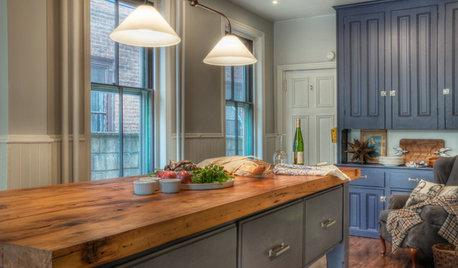
KITCHEN DESIGNEco-Friendly Materials: Kitchen Countertops
Going green in the kitchen opens the door to unusual countertop materials that are beautiful, durable and kind to the planet
Full StorySponsored
More Discussions







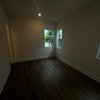
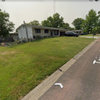

HomeSealed_WI
Windows on Washington Ltd
Related Professionals
Artesia Window Contractors · Baker Window Contractors · Hammond Window Contractors · Sarasota Window Contractors · Gardere Window Contractors · Muncie Window Contractors · Merriam Window Contractors · Alhambra General Contractors · Bon Air General Contractors · Hillsboro General Contractors · Monroe General Contractors · Williamstown General Contractors · Lebanon Carpenters · Mission Viejo Carpenters · Morristown CarpentersHomeSealed_WI
loriafopianoOriginal Author
Windows on Washington Ltd
loriafopianoOriginal Author
HomeSealed_WI
Windows on Washington Ltd
loriafopianoOriginal Author
oberon476
HomeSealed_WI
Windows on Washington Ltd